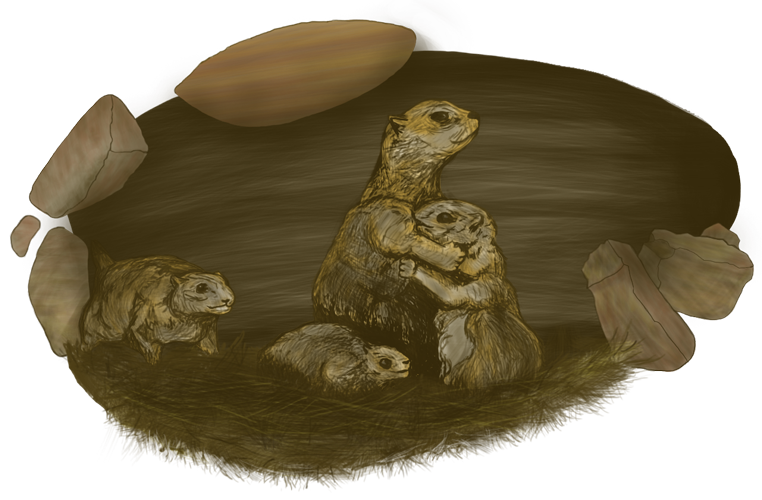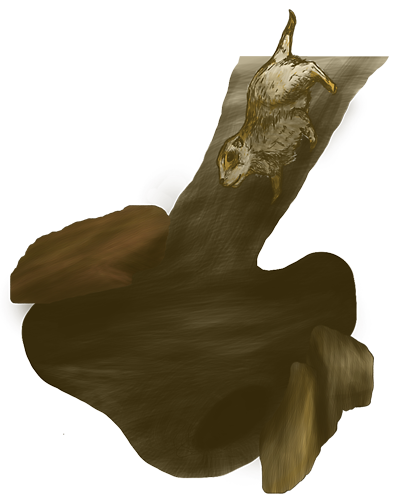Latest News and Events
Prairie dogs deserve a break, plague and all
Originally published Aug. 31, 2016 by AZ Daily Sun | Link to original
Our View: As a keystone species, they can help restore the prairie if they are translocated
They are a keystone species and cute, too.
But they also carry deadly plague and eat a lot of grass.
Those are just some of the reasons prairie dogs are loved or hated – with not much in between. The varmints of the Old West were hunted and poisoned nearly to extinction, while the survivors today can’t be relocated fast enough ahead of development. As we reported recently, Doney Park’s loss is Petrified Forest’s gain – along with the black-footed ferrets that eat them.
As for the plague, we in northern Arizona add that disease to West Nile virus, skunk rabies, Rocky Mountain spotted fever, tularemia and hantavirus and take it in stride. But to outsiders, it does seem as though the region has teleported the Black Death from the Middle Ages to a corner of 21st century Arizona.
Epidemiologists have explained the strange confluence of so many exotic diseases in the Four Corners as the product of a high, dry, temperate climate and better medical diagnoses – humans have been getting sick for a long time, but now they know why.
And now there is actually a plague vaccine – for the prairie dogs. As we reported earlier this year, the U.S. Geological Survey’s National Wildlife Health Center has spent more than a decade developing and testing an oral sylvatic plague vaccine for prairie dogs that is delivered via bait. The final round of field testing, which includes a site on Babbitt Ranches, is happening this summer so researchers should have results next year.
In the meantime, as you read about local colonies infected with plague, consider the positive contributions of prairie dogs:
—They are prey for hawks, coyotes, golden eagles and other animals;
—Their burrows are used as shelter by a host of species, including snakes, rabbits and burrowing owls.
—Their tunnels also make it easier for rain or snowmelt to percolate through the ground to the water table
—Their digging helps recycle nutrients into the soil and their nibbling stimulates new growth on plants that has a higher nutritional content.
The drawback, though, is that they are social animals and prolific breeders. And when growing colonies are crowded in by houses and strip malls, shrubs and garden plants start disappearing while plague is more readily transmitted.
So the answer appears to be translocation to undeveloped ranges like Petrified Forest, Babbitt Ranches and BLM land north of Seligman. The rodents must be moved, however, only as part of their colony, and the window is usually only in summer when they have time to establish new burrows and find food sources.
After that, biologists can relocate ferrets, which also attract hawks, and the unified prairie life cycle is re-established. We hate to think that Flagstaff will be losing its “cute” little neighbors, but in the end it is for the best. Even vaccination against plague can’t overcome overcrowding and habitat loss. We’d hope developers would build translocation costs into their budgets – our hats are off to Game and Fish and the volunteers who perform the captures and transports. The prairies will be healthier for it as well as the prairie dogs – and probably the ferrets, too.












